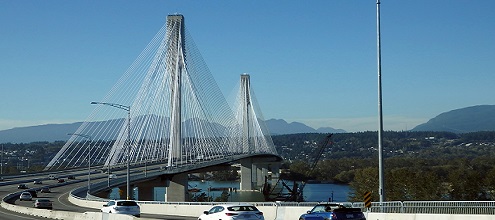
Market boosters should support made-in-Manitoba carbon tax
Climate and Energy Carbon tax Opinion Provincial PolicyPremier Brian Pallister supports carbon pricing and is in the process of designing a made-in-Manitoba carbon tax. He is right to do so, as it is the single best way to reduce the province’s greenhouse gas emissions. Opponents must explain why they are prepared to put Manitoba’s economic prosperity at risk by favouring approaches that […]





